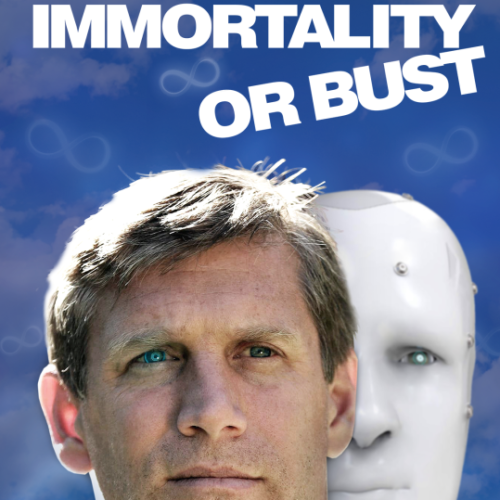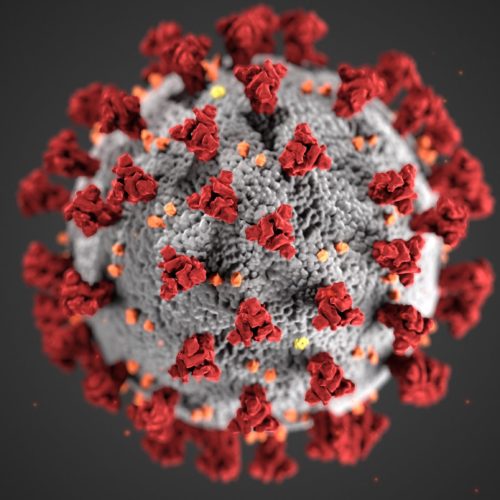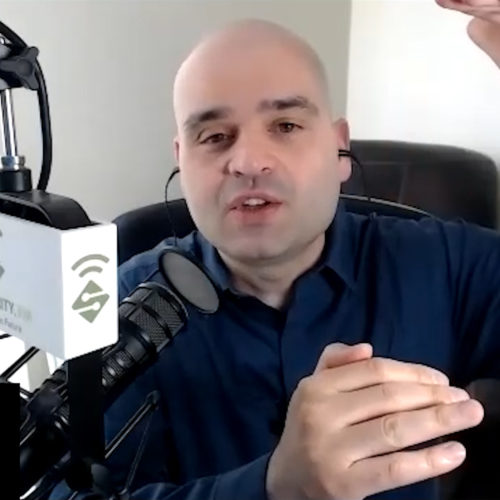Canada Can Be A Leader In Declaring Aging is a Disease
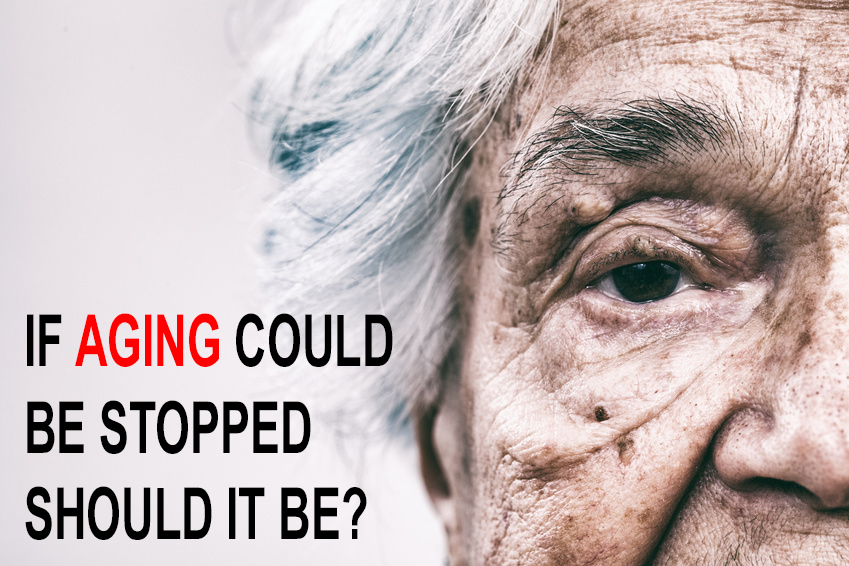 THE NEED FOR ACCELERATED DEVELOPMENT OF SCIENTIFIC METHODS TO EXTEND LIFESPAN
THE NEED FOR ACCELERATED DEVELOPMENT OF SCIENTIFIC METHODS TO EXTEND LIFESPAN
100,000 people die every day from age-related diseases – i.e. those deadly diseases (cardiovascular disease, cancer, diabetes, Alzheimer’s disease), the risk of which increases with age in geometric progression due to a number of already known biological processes, which are collectively called “aging“.
Premature loss of productivity, disability and death of Canadian citizens, occurring due to aging lead to enormous social and economic losses. Aging transforms active citizens from people who are benefiting society into people requiring state resources to maintain their ailing health. State budget losses include payments for the treatment of age-related diseases, social costs of care for the disabled, budget shortfalls due to tax losses from tax on personal income, etc. The bulk of the costs of medical care falls on the last years of life, therefore, prolonging the health years of citizens will allow to use available funds to address other socially important tasks. It is also hard to overestimate the social benefits from additional healthy years of life of older people, which they can devote to useful social activities or to education and care for their grandchildren.
The latest developments in medical and biological sciences have led to a paradigm shift where aging is now known to be a combination of pathogenic and harmful processes, the intensity of which increases with age. Moreover, recent discoveries show that these processes can be slowed down or even reversed. For example, caloric restriction alone increased maximum lifespan in mice by 40%; pharmacological interventions achieved an increase in lifespan by almost a third. Using gene therapy, mice lifespan was increased by more than 2 times, and that of nematode worms by over 10 times. Almost every year science is finding new animals (in 2016 – more than twenty), that exhibit a so-called “phenomenon of negligible senescence”, meaning that the probability of death and age-related diseases of these animals, unlike humans, does not increase with age, providing them with healthy longevity and a much longer life expectancy than those of species closest to them. Among them are mammals – such as the Bowhead Whale (life expectancy of more than 200 years), an African rodent called a naked mole rat (life expectancy – 31 years, unlike normal rats with 4), Brandt’s bat (life expectancy – 40 years) and the representatives of other classes of animals. Thus, to modern science it has become self-evident that aging is not an integral feature of living organisms. Moreover, scientists have already discovered dozens of drugs and other interventions that are able to extend healthy life expectancy and maximum lifespan in different animals, delaying the onset of age-related diseases and deaths associated with them. For example, the leading cause of death in mice is breast cancer, but mice that receive anti-aging interventions develop cancer much later in life, giving the animals a longer healthy life. The need for a significant increase in aging research and intervention capacity against it to prevent age-related diseases and increase healthy life expectancy is also recognized by the international scientific community and even formed the basis for the signing of the Open Letter on Aging Research by 57 of the world’s leading scientists.
An understanding of aging as a disease is gradually entering into the global health discourse. Today, deep old age (senility) is recognized as a disease by the WHO. However, recognizing the above late-stage manifestations of aging does not resolve the underlying problem of aging. Aging as a set of reversible disease processes begins at a relatively early age and requires specific approaches to combat (control, treat, compensate) from the early stages of its development.
Aging is a global phenomenon, and the fight against it requires special medical and biological approaches, as well as government support. This corresponds to subjective factors (the degree of scientific understanding of aging processes and the methods of control and control), and objective factors – both of medical and biological nature and those related to the economy and the sociology of healthcare.
Given Canada’s exemplary track record as an international leader on humanitarian issues, it would be well-positioned to be the first country to begin an open dialog on whether age-related pathologies should be formally classified as a disease – and not just recognized nationally, but also internationally within the framework of WHO’s ICD-11, as such classification is a prerequisite for substantially increasing worldwide government funding dedicated to finding successful treatments for age-related pathologies – treatments that would greatly increase healthy lifespans. We can start by having a parliamentary hearing in Ottawa on where science is today in its understanding of what biological mechanisms cause age-related diseases and how we can fix them, and then hold public debates on whether there is enough scientific evidence to begin the process of classifying aging as a disease.
The next step could be an establishment of a National Strategy for Life Extension and a dedicated task force responsible for the coordination of scientific and practical efforts aimed at increasing longevity and fighting aging. Such a group could be established either as part of Health Canada or as a duly authorized independent scientific organization.
The world already knows successful precedents where some countries are mobilizing the international scientific community for the development of therapies for a variety of diseases – such as project “Open Source Drug Discovery”, funded by the Government of India, which was established to create drugs against tuberculosis and other diseases. The project has attracted more than 7,000 scientists from around the world, demonstrating a high efficiency, and drugs developed under its framework are licensed by each organization that will agree to sell them at the lowest prices.
Canada could once again demonstrate its ability for global leadership when addressing a challenge of a truly global scale, becoming the initiator of a program similar to the “Open Source Drug Discovery” designed to combat aging and open to anyone willing to participate in its implementation.
***
Dear reader, do you agree that the time has come for Canada to step up? A lot of us do. That is why we have drafted a petition to the House of Commons to hold parliamentary hearings and hear top scientists out on what evidence is currently available to support classifying aging as a disease. Now, the Canadian parliamentary process requires that each petition be sponsored by a Member of Parliament. We are currently reaching out to MPs and asking them to sponsor such a petition. So far we haven’t heard back. If you would like to help, you could email your MP and ask her or him to consider becoming a petition sponsor. Feel free to use a template for such an email provided below.
It is an absolute certainty that eventually humanity will conquer aging, just as it had conquered a host of previously terminal diseases thanks to vaccines and antibiotics. But if we want the victory over aging to happen before it is too late for our loved ones, the time to act is now.
Email template for MPs: http://snglrty.co/1Wj9F3k
Draft petition: http://snglrty.co/1WkzAID
About the Author:
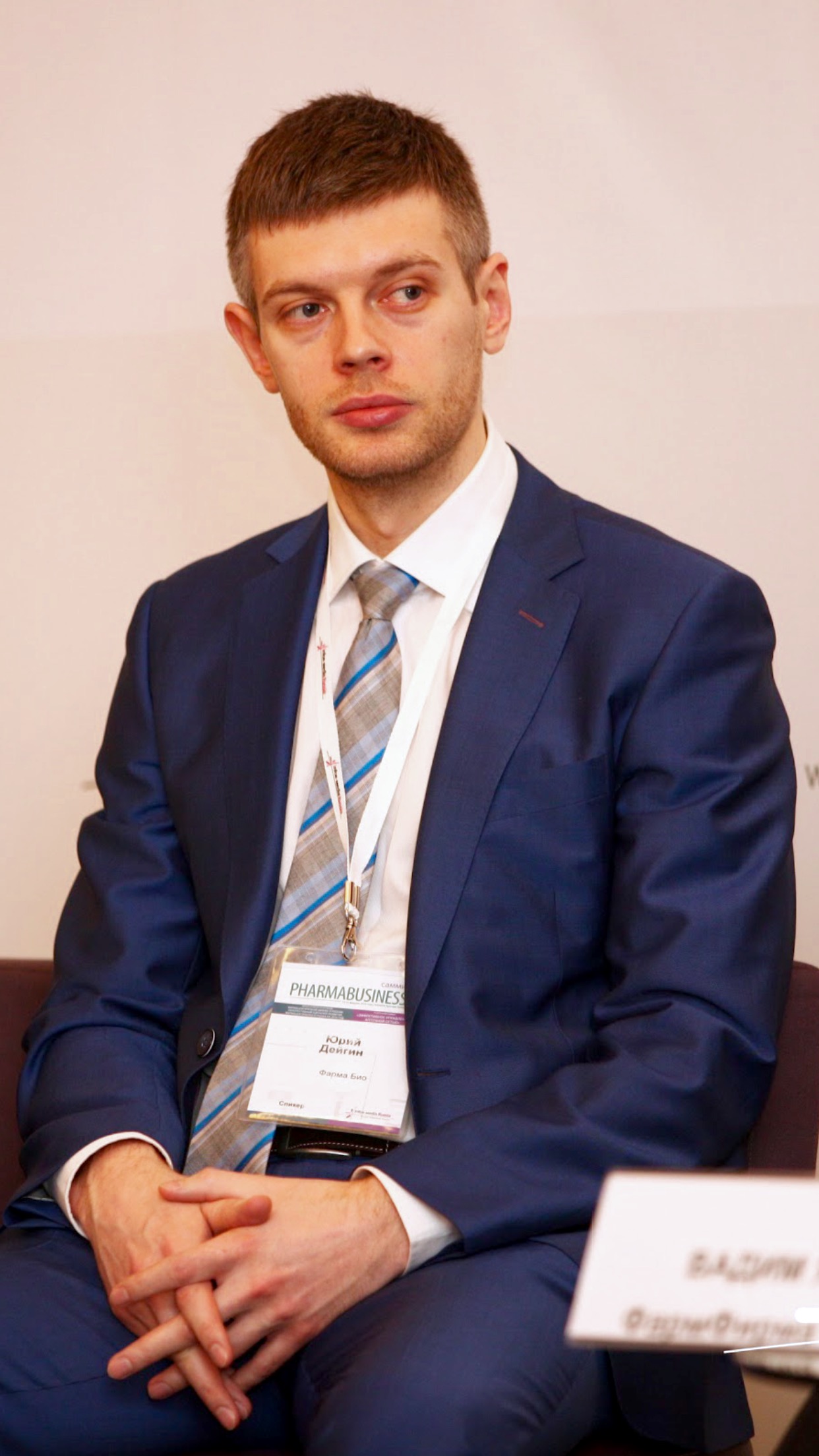 Yuri Deigin is a longevity research evangelist and a cryonics advocate. In his time away from the above two areas of activity that Yuri considers as most important in his life, he also tries to be a biotech entrepreneur, splitting his time between Toronto and Moscow. Yuri believes that his life goal is to do everything possible to minimize human suffering from various diseases, especially terminal age-related diseases such as cancer, Alzheimer’s and CVD. He believes that one day Humanity will cure all such diseases, and he wants to do whatever he can to hasten that day.
Yuri Deigin is a longevity research evangelist and a cryonics advocate. In his time away from the above two areas of activity that Yuri considers as most important in his life, he also tries to be a biotech entrepreneur, splitting his time between Toronto and Moscow. Yuri believes that his life goal is to do everything possible to minimize human suffering from various diseases, especially terminal age-related diseases such as cancer, Alzheimer’s and CVD. He believes that one day Humanity will cure all such diseases, and he wants to do whatever he can to hasten that day.
Today this includes the following two areas of Yuri’s activities. One is helping bring about the necessary social changes that would enable governments to greatly increase funding for fundamental research dedicated to eradicating age-related diseases. The other is actual research and development of novel medical interventions to combat Alzheimer’s, autoimmune diseases, age-related stem cell depletion and so on.






